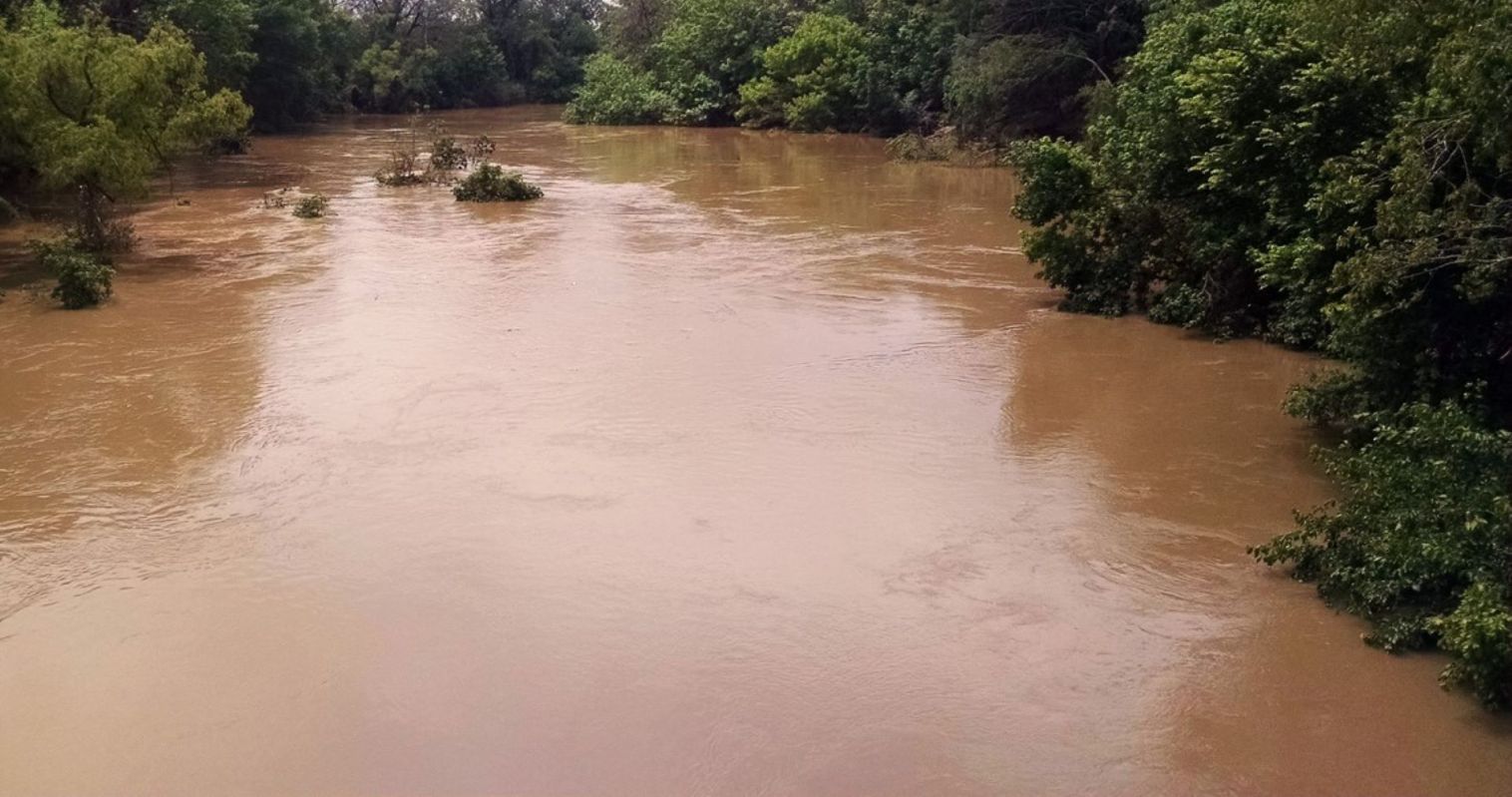In Maryland, muddy runoff from a construction site seems to be suffocating a once-lush underwater prairie-like ecosystem, endangering fish and other aquatic animals.
What's happening?
Maryland's Gunpowder River — part of the Chesapeake Bay watershed — was once home to lush submerged grasses that hosted a plethora of wildlife, including fish and crabs. Now, this underwater prairie has all but disappeared, and the once-clear water has turned a murky orange color, the Bay Journal reports.
The apparent culprit? Muddy runoff from a large housing development called Ridgely's Reserve. More than 100 acres of trees and other vegetation were cleared there in early 2022. The exposed soil, with nothing to hold it down, now runs into the river with snowmelt and rainfall.
Why is muddy runoff concerning?
Excess sediment from runoff threatens the health of Chesapeake Bay and its tributaries. Small particles of sand, silt, and clay cloud the water and block sunlight. This causes submerged grasses to die off. As the sediment settles, it can also smother fish eggs and bottom-dwelling creatures.
"The pollution from this site is so bad you can see it from space," Evan Isaacson, research director for the Chesapeake Legal Alliance, told the Bay Journal.
However, he said this is nothing new and that " … these massive blowouts happen all the time across the Bay watershed."
Muddy runoff is just one type of pollution endangering rivers across the globe. This summer, chemical pollution turned Brazil's Tietê River into a foamy, smelly mess due to household detergents from São Paulo's sewer system. The toxic foam killed off birds, fish, and vegetation and caused health concerns for people.
Meanwhile, scientists are saying that microplastics in the environment may increase sediment erosion in waterways — and this can have cascading adverse effects on fish and other aquatic animals.
What's being done about muddy runoff?
In Maryland, developers are required to post fabric "silt fences" around construction sites and install detention ponds within the sites to keep the muddy runoff contained, according to the Bay Journal. After a site has been cleared, bared soil must be covered with straw to minimize the erosive impact of rain. If a site is left bare for a period of time, it must be seeded with grass to hold soil in place.
The Maryland Department of Environment (MDE) is authorized to penalize any company that does not comply with these regulations with fines of up to $100,000 per violation. However, state officials are letting Harford County, where Ridgely's Reserve is located, take the lead on violations there.
In the past year, the county ordered several temporary halts on construction until specific violations were corrected. County officials also fined the developer $10,000 twice this year. However, that has not corrected the problem, which has left many frustrated.
"I'm not at all happy with the developer here … I suppose that maybe the amount of the fines isn't quite enough to make people behave as you'd want them to," county executive Bob Cassilly told the Bay Journal.
"I think the ultimate responsibility falls to the state," said local resident Bill Temmink, who has filed a number of complaints to the county and state.
"It seems like every time we call, there's an inspection, and they find the same things wrong," said Mike Horsmon, another local resident. "But the problem isn't going away."
Meanwhile, several environmental groups have pushed for change, and the state legislature even pressured MDE to hire more inspectors and permit writers. Harford County council member Dion Guthrie also drafted legislation to reinstate a local restriction that would limit clearing to 20 acres at a time, which would minimize impact.
Though the problem is far from solved, residents said that their complaints are finally getting a response at the county level — a step in the right direction.
Join our free newsletter for cool news and cool tips that make it easy to help yourself while helping the planet.









